DJI has long been synonymous with innovation in aerial imaging and cinematography, dominating the drone market with a blend of cutting-edge technology and user-friendly designs. However, past patent filings and rumors suggest that the company might be setting its sights on a new frontier: the medium format professional still photography market. This potential pivot, detailed in our recent article, raises intriguing questions about DJI’s strategic direction and the rationale behind this bold move.
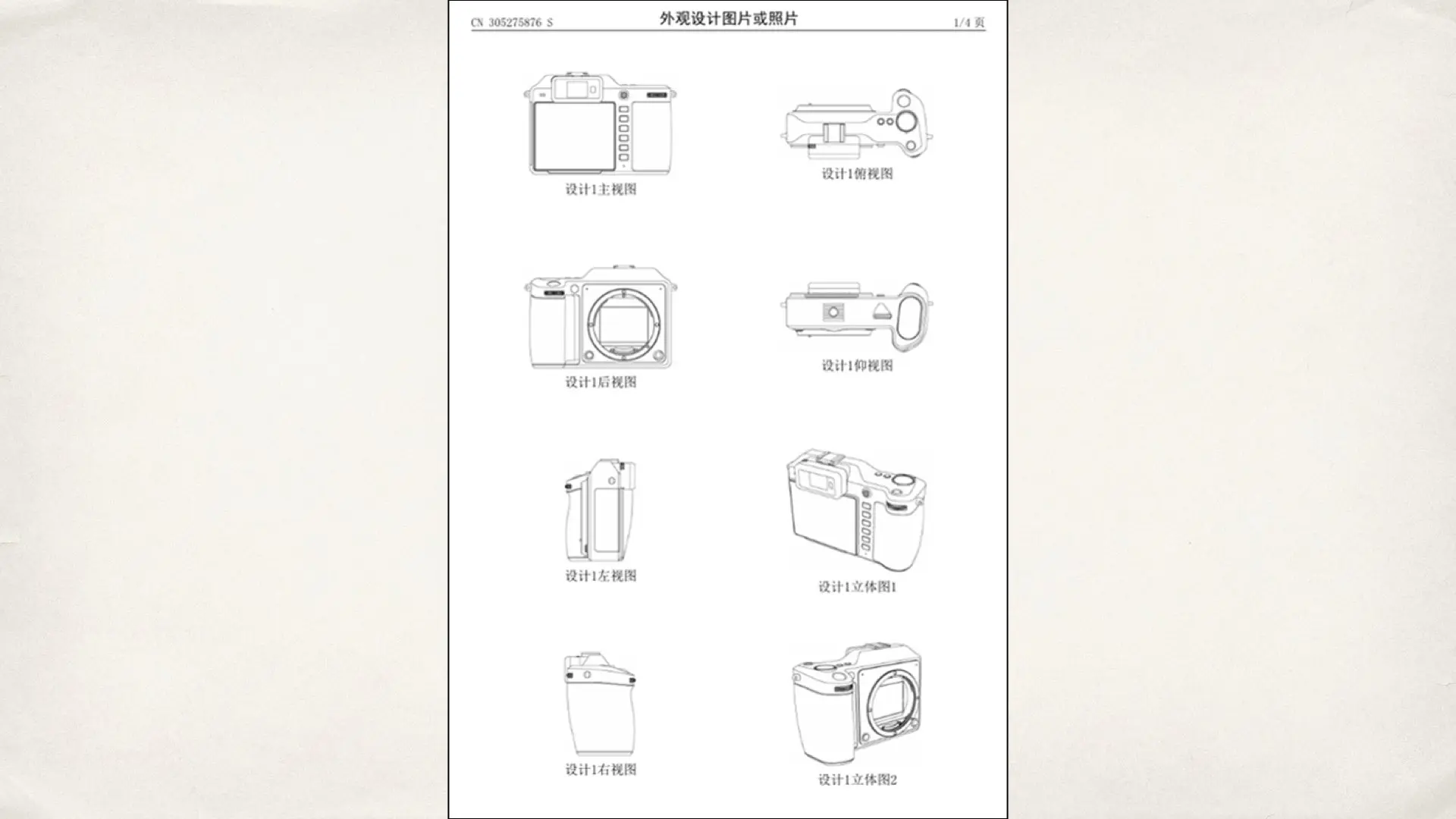
The Hasselblad Connection: A Strategic Alliance or a Gamble?
DJI’s relationship with Hasselblad dates back to 2017 when the company acquired a majority stake in the iconic Swedish camera manufacturer. Hasselblad is revered for its craftsmanship and for producing medium-format cameras used by professionals and even astronauts during NASA’s Apollo missions. Since the acquisition, DJI has incorporated Hasselblad’s imaging technology into some of its flagship drone cameras, enhancing their photographic capabilities.
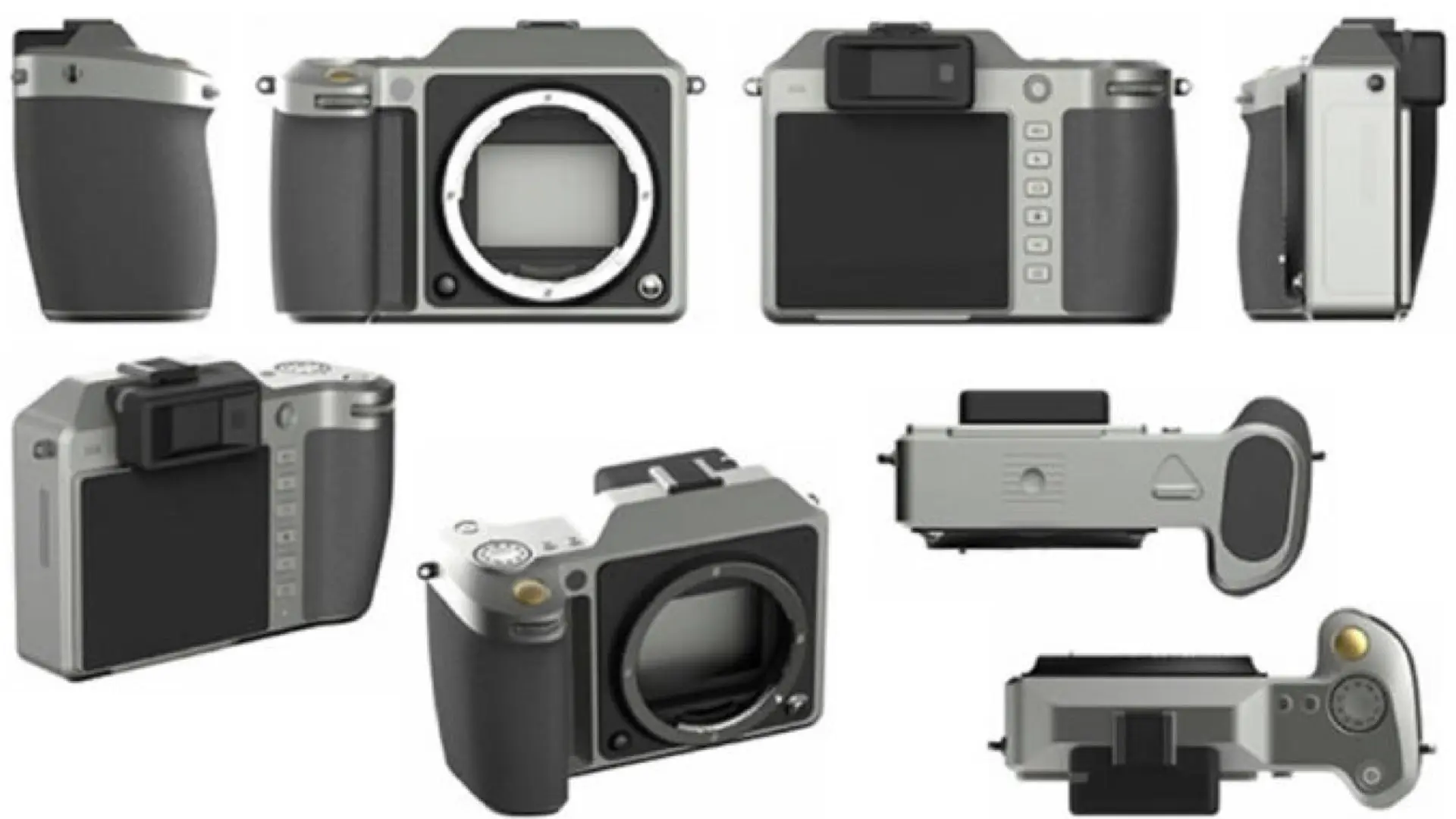
But could this partnership be the foundation for a more ambitious leap into the standalone camera market? The rumored mirrorless camera, bearing a striking resemblance to the Hasselblad X1D-50c, suggests that DJI is leveraging Hasselblad’s expertise to create a medium-format camera under its own banner. This move could position DJI as a competitor in a space traditionally dominated by brands like Phase One, Fujifilm, and Leica.
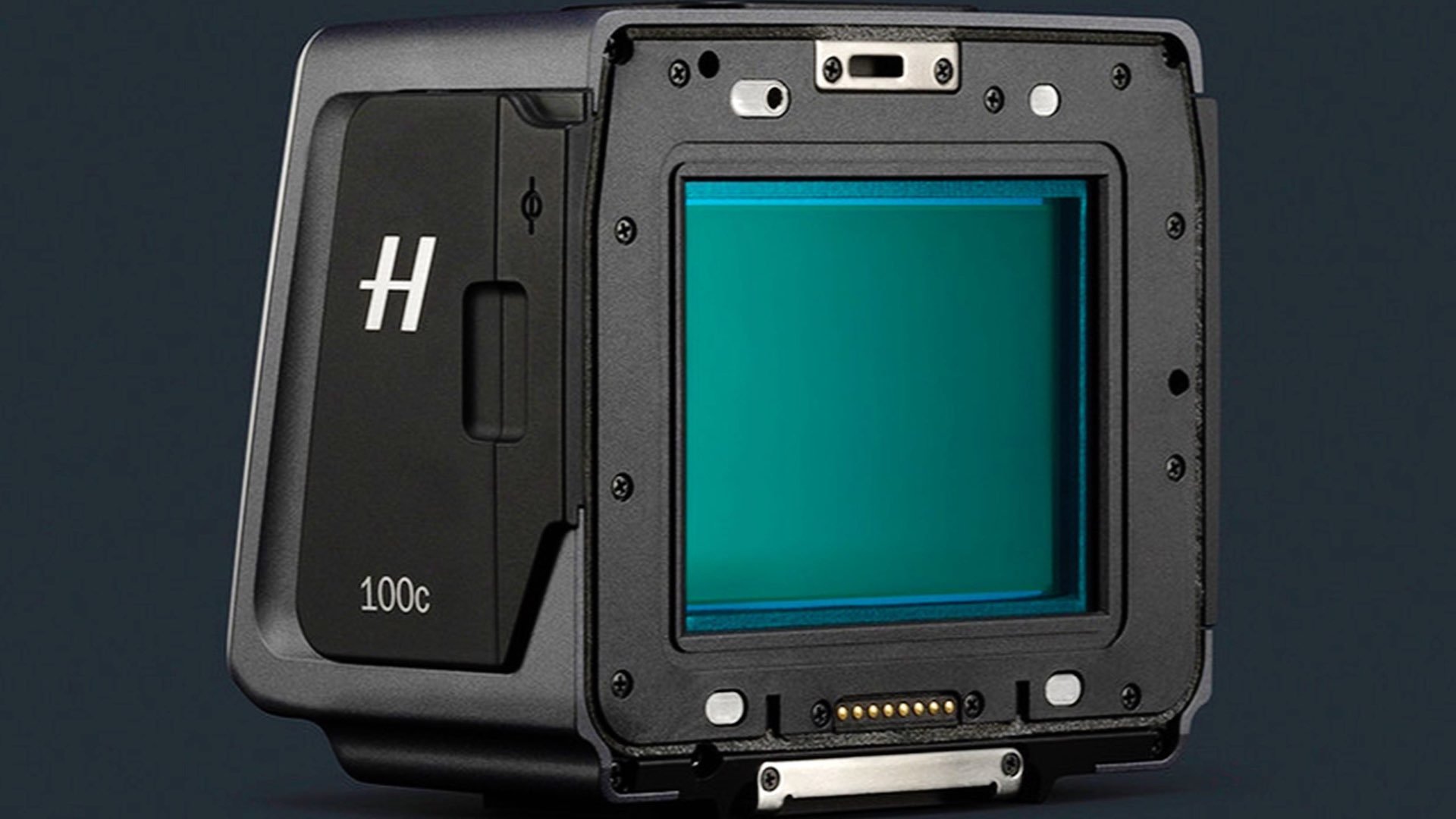
What do we know about the ‘Medium Format’ camera patent?
As mentioned, DJI has been developing a mirrorless camera that closely resembles the Hasselblad X1D-50c. This development follows DJI’s acquisition of a majority stake in Hasselblad in 2017. In 2019, DJI filed a patent application in China for a mirrorless camera design similar to the Hasselblad X1D-50c. The design features a medium format sensor and a distinctive, angled body. Notably, the camera appears to lack video recording capabilities, suggesting it is aimed at professional photographers specializing in still images. As of now, DJI has not officially announced the release of this mirrorless camera, and specific details about its features, pricing, and availability remain undisclosed. The patent filings indicate DJI’s interest in expanding its product line beyond drones and action cameras.
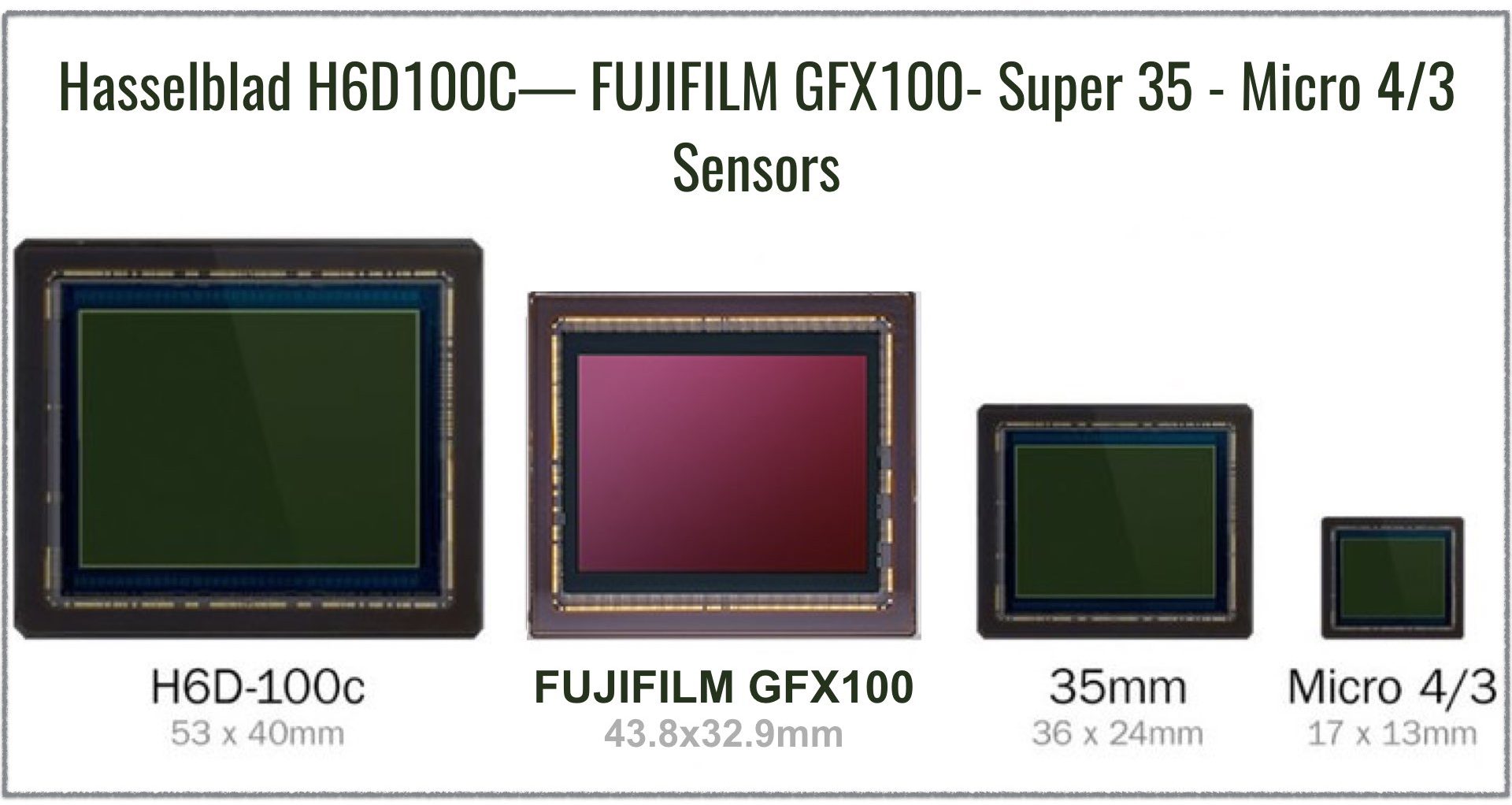
Why Medium Format, and Why Now?
The medium format market is niche, catering to professional photographers who demand unparalleled image quality and are willing to pay a premium for it. Entering this space would mark a departure from DJI’s current focus on drones and gimbals, which are more associated with video and cinema. But why would DJI pivot to still photography, and specifically to medium format?
- Differentiation: DJI has already made a name for itself in video and aerial imaging. Expanding into medium-format photography could diversify its portfolio and establish a foothold in a market less saturated than the full-frame or APS-C camera segments.
- Technological Synergy: DJI’s expertise in sensor implementation, stabilization, and imaging could translate well into medium-format cameras. The rumored design, featuring a distinctive angled body and a high-resolution sensor, indicates a product aimed at professionals seeking precision and innovation.
- Leveraging Hasselblad’s Legacy: By incorporating Hasselblad’s renowned optics and brand prestige, DJI could create a product that resonates with the high-end photography market while benefiting from the halo effect of Hasselblad’s reputation.
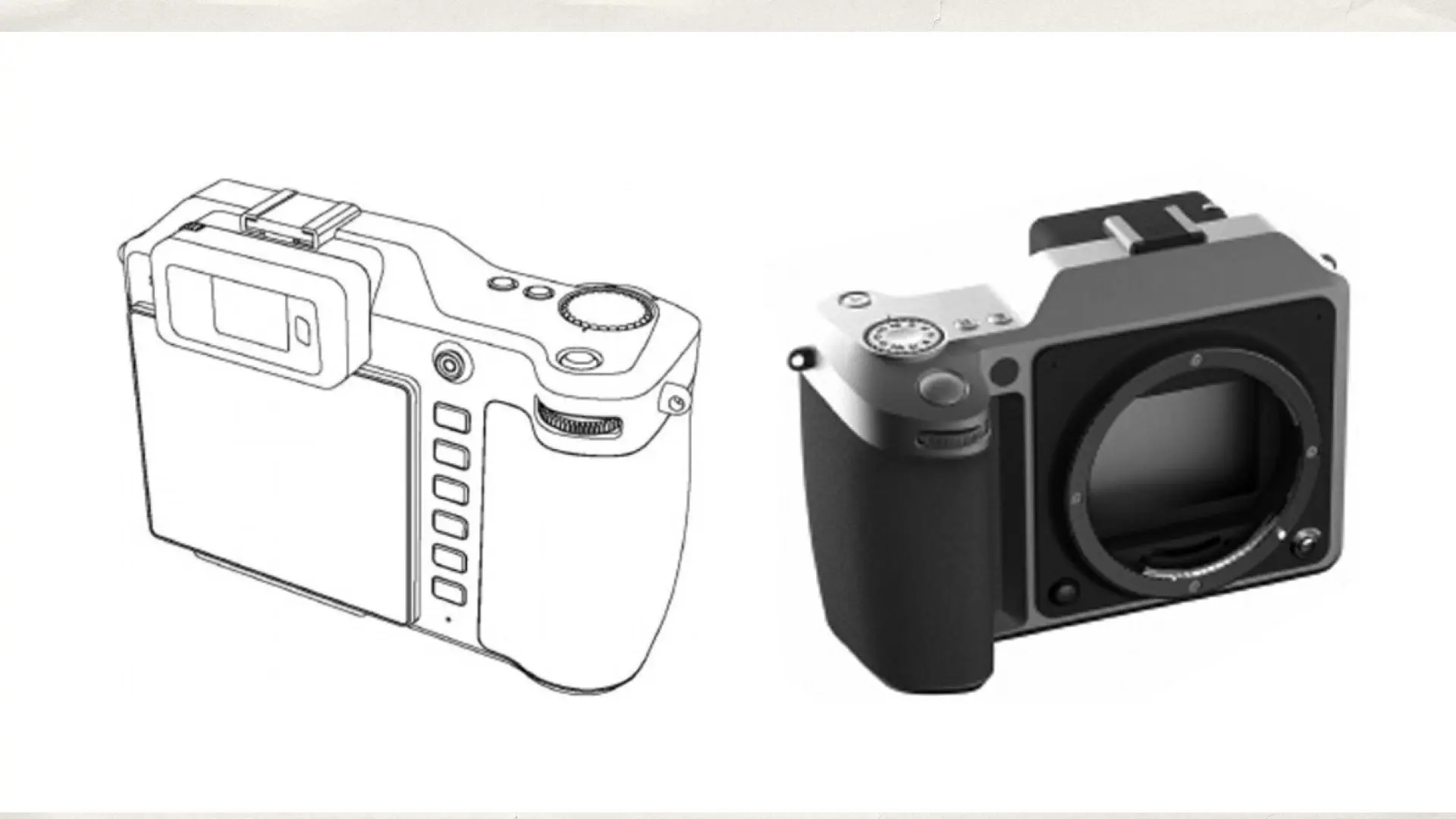
Challenges and Questions
While the idea of a DJI medium format camera is exciting, it’s not without its challenges. Here are some critical questions:
- Market Viability: Is there enough demand for another player in the medium format market? Brands like Fujifilm have made medium format more accessible with cameras like the GFX series, but it’s still a niche segment.
- Brand Perception: DJI is primarily known for drones and cinema tools. Can it successfully reposition itself as a provider of high-end still photography equipment, or will this move dilute its brand identity?
- Innovation vs. Saturation: Medium format cameras are often seen as tools for specific applications, such as studio or landscape photography. Will DJI’s offering bring enough innovation to disrupt this space, or will it struggle to carve out a unique niche?
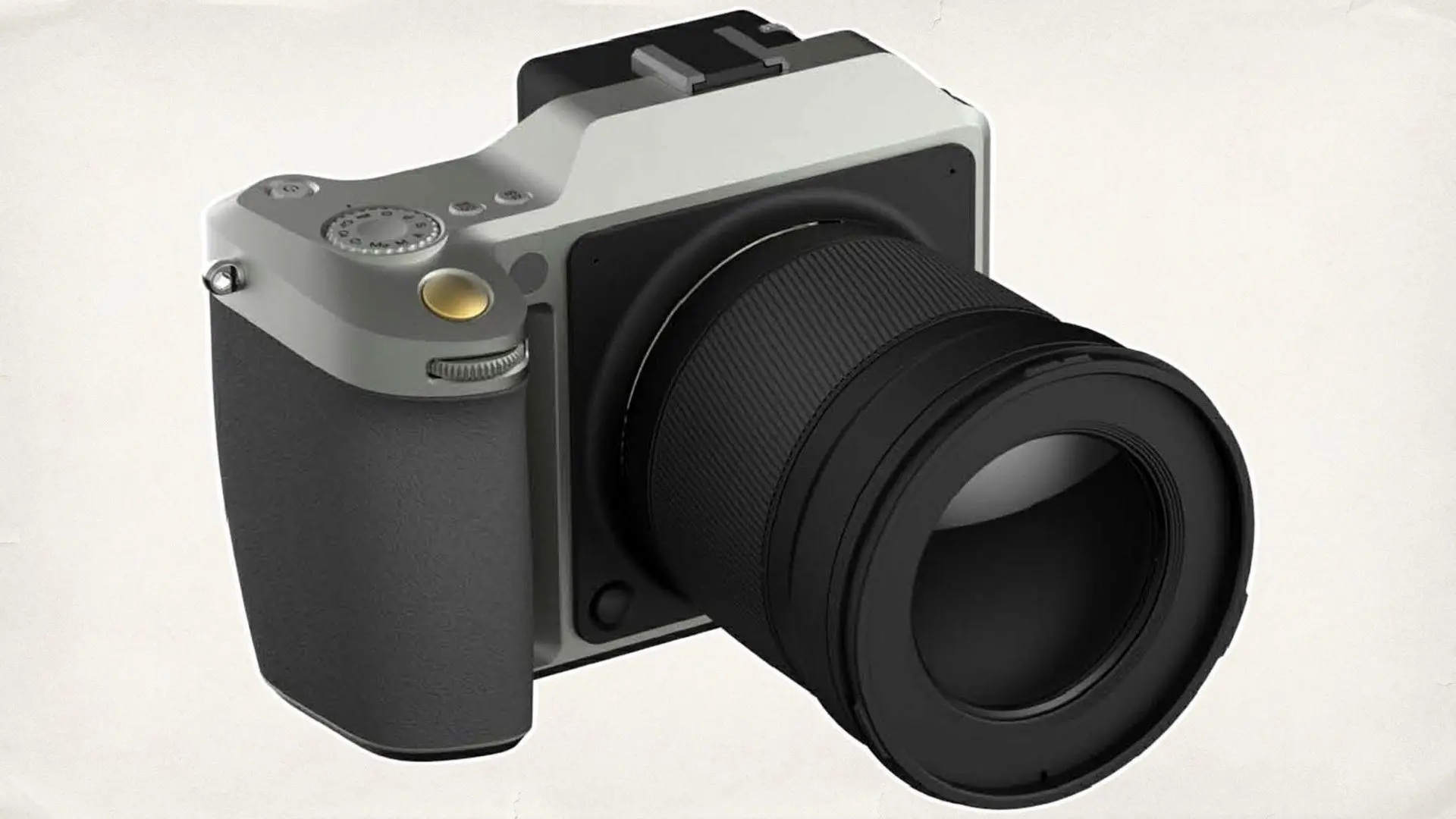
A Good Idea or a Risky Gamble?
The potential success of DJI’s rumored mirrorless camera depends on its ability to balance innovation with market demands. Leveraging Hasselblad’s expertise could give DJI an edge, but entering a market dominated by legacy brands is always a gamble. DJI’s track record of disrupting industries—whether in drones or handheld gimbals—suggests it’s capable of bold moves. However, the stakes are high in the medium format world, where customers are discerning and the competition is fierce.
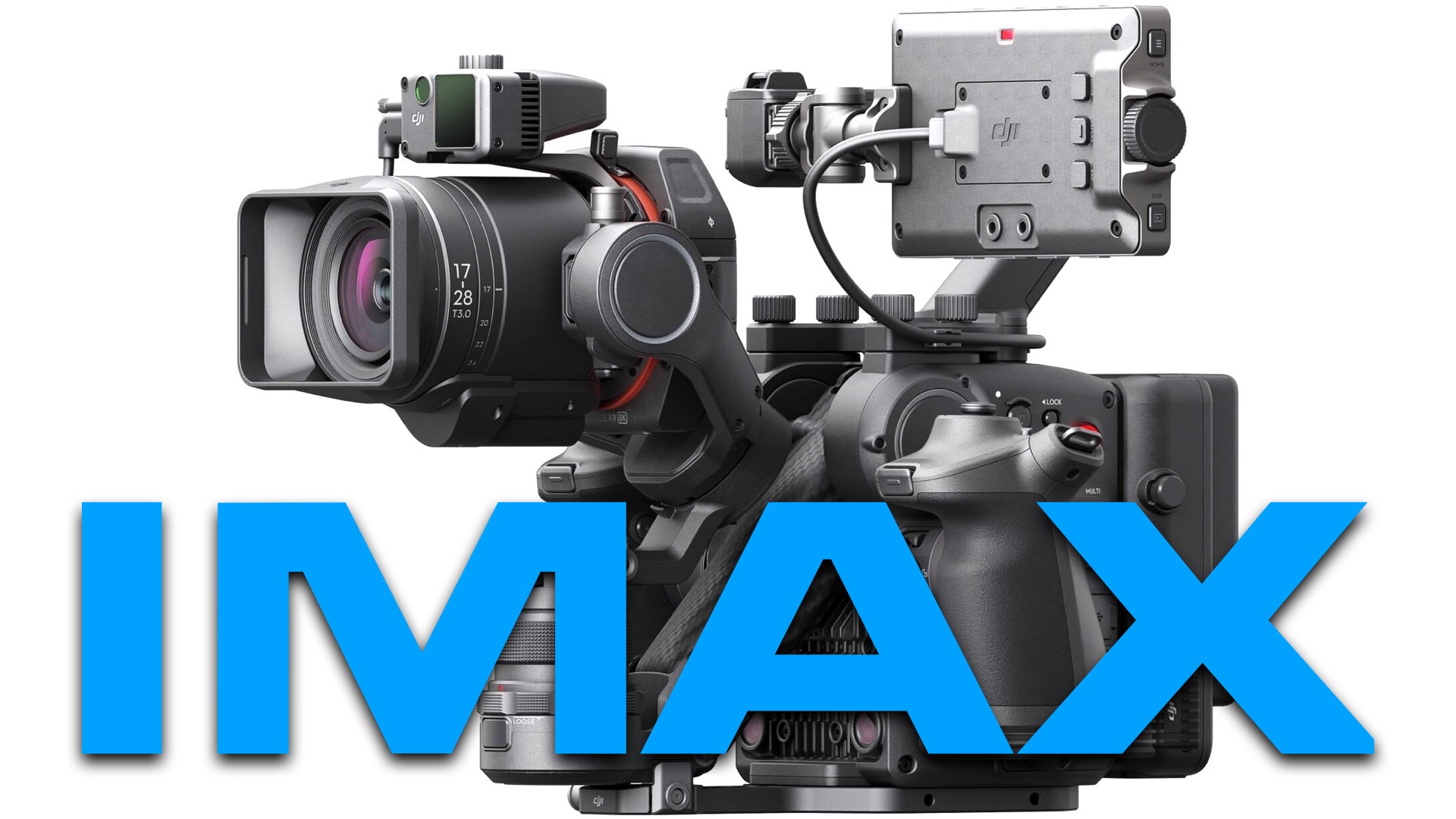
What Do You Think?
Is DJI’s pivot to medium format professional photography a stroke of genius or a potential misstep? Does the combination of DJI’s technological prowess and Hasselblad’s legacy have what it takes to redefine the medium format market? Or should DJI stick to its roots in cinema and video, where it has already established dominance? Maybe now is the time to unleash that patent’s potential from 2019…?
Product Links
Here are the products mentioned in the article and the links to buy them on Amazon. Please note that the pricing is being changed daily.
-
- DJI Ronin 4D-6K: BUY on AMAZON
- Hasselblad X2D: BUY on AMAZON

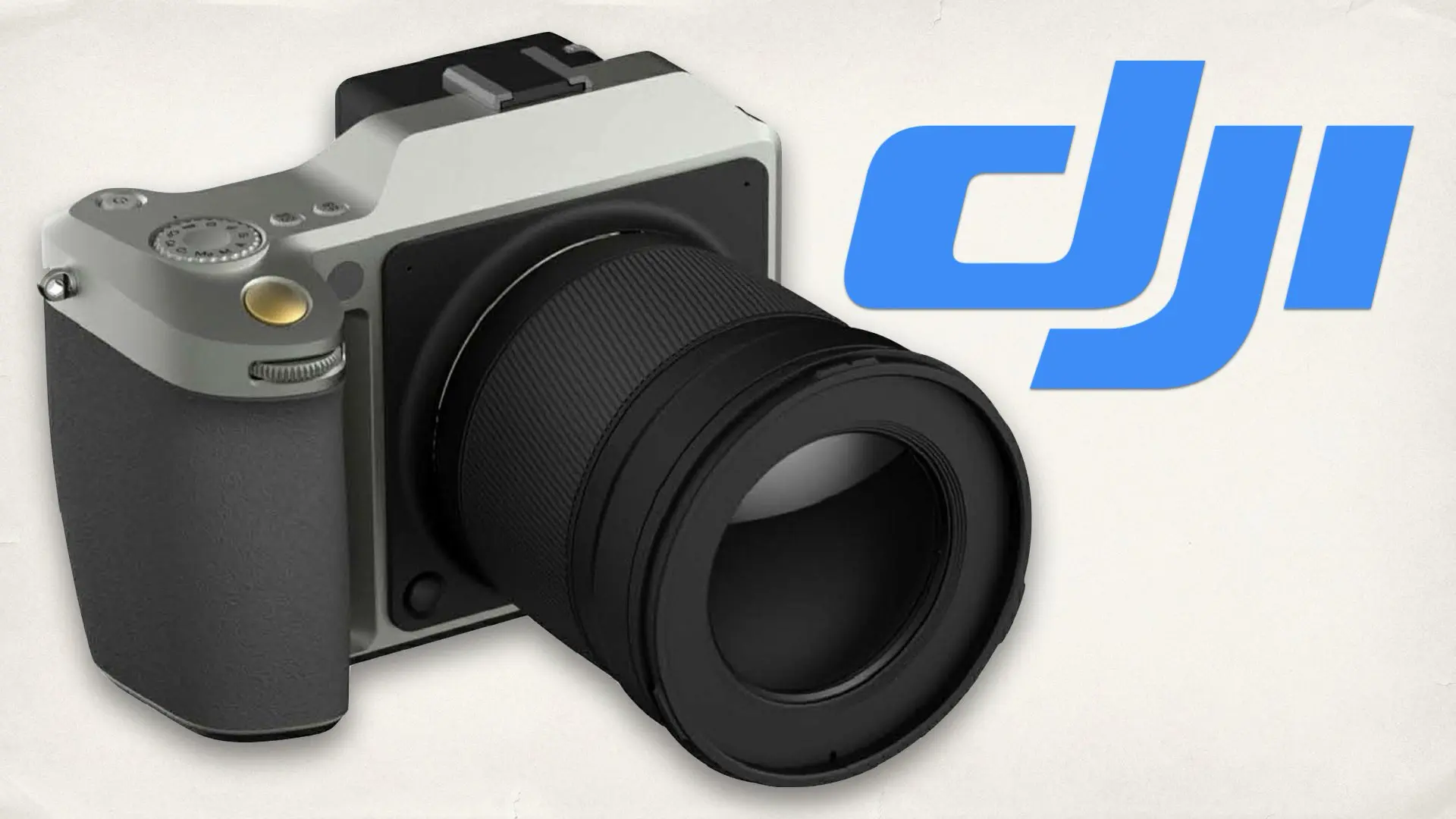

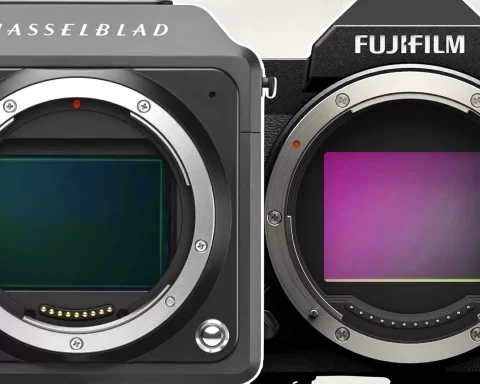
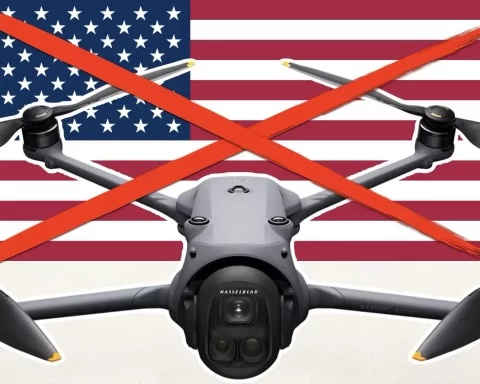
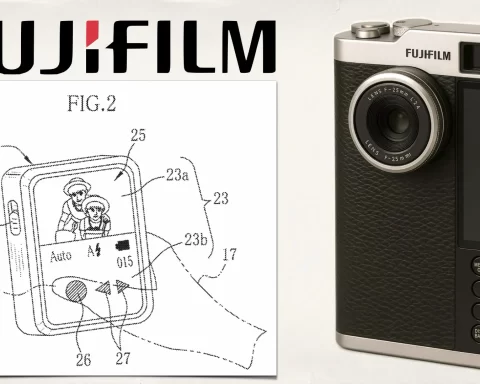
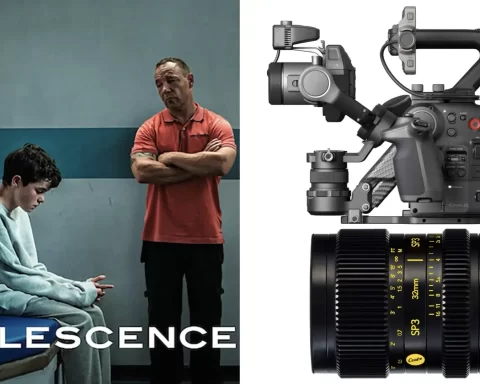
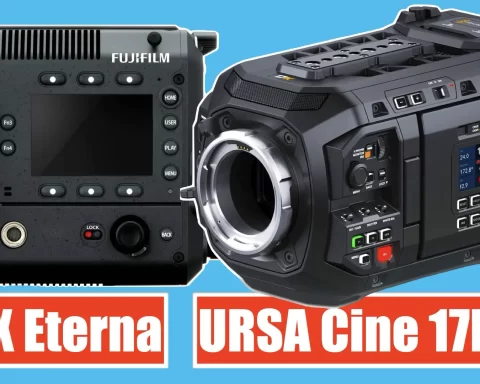

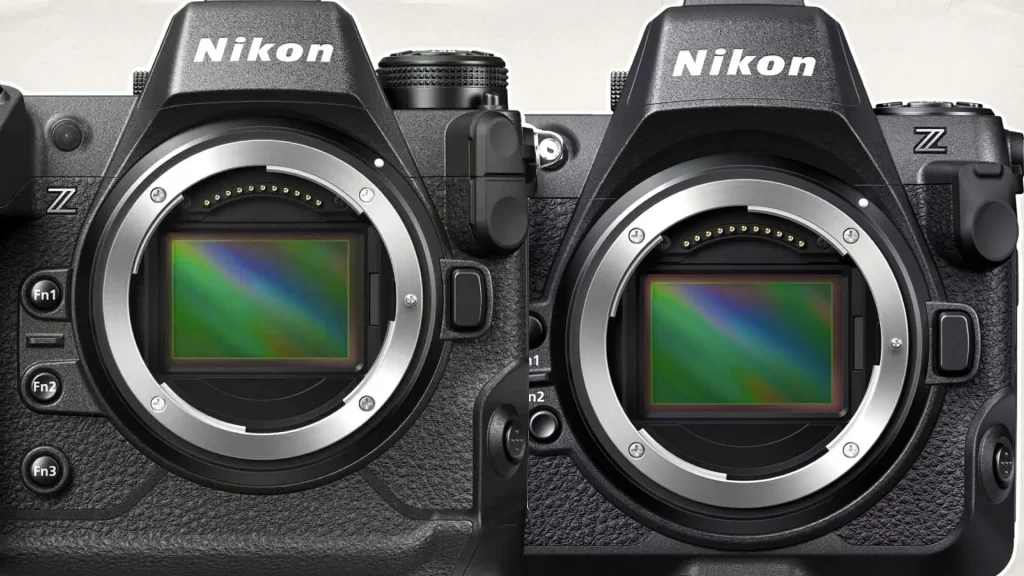
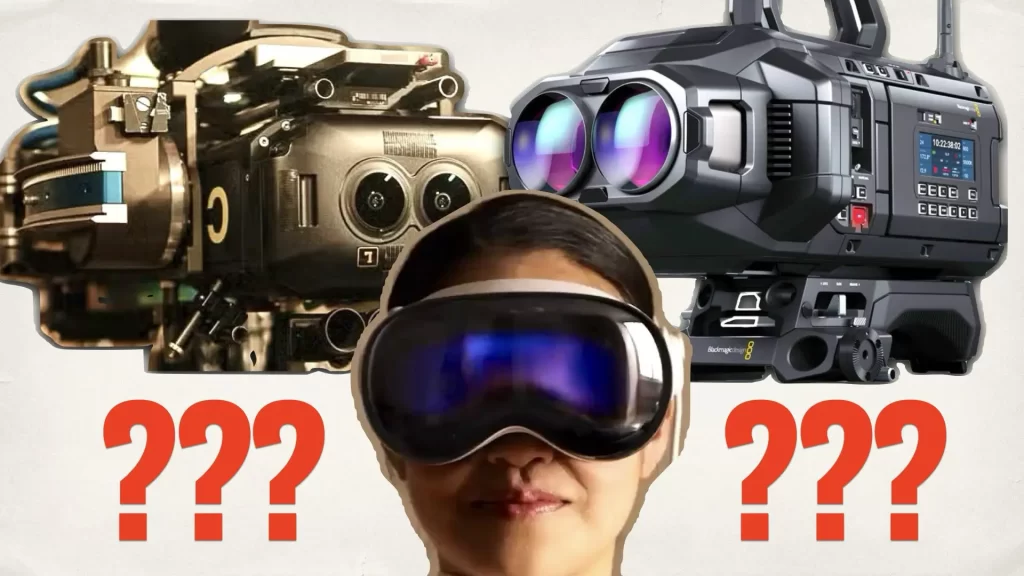
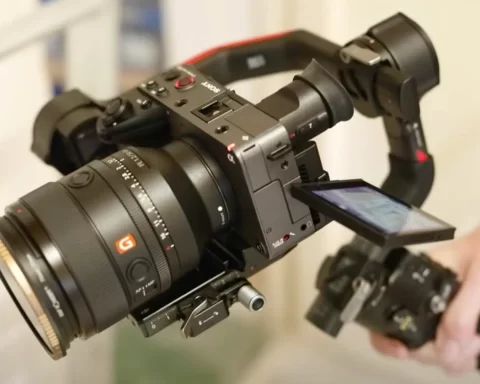
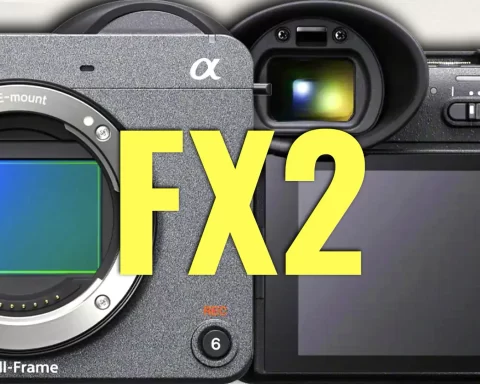
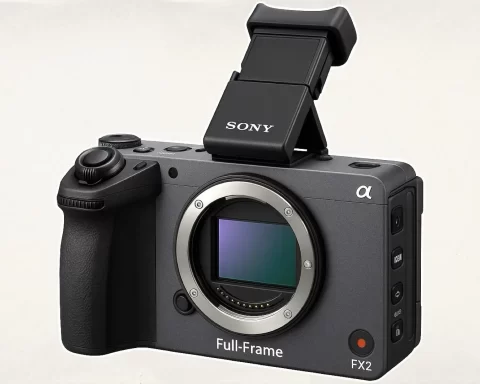
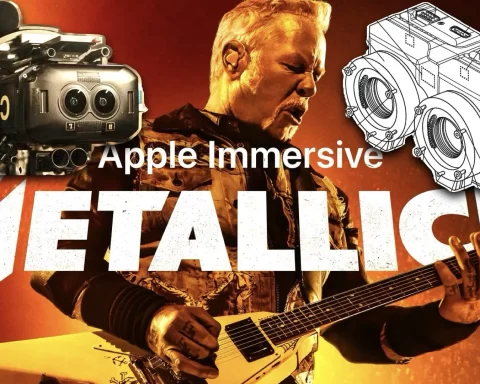

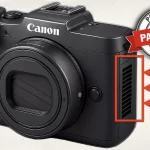
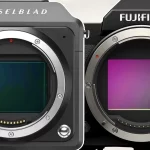
If DJI’s medium format is a film based camera bring it on!!! I have two Fujifilm medium format cameras – I absolutely love the 645 format. I had a Pentax 67 but hated the dumbell-like weight and the tiltadoor shutter-activated mirror. K-LUNK. So DJI – go for it – just make it affordable for us non-professional serious enthusiasts. I’m an analogue only guy these days even though I own a couple of Fujifilm digital cameras – now unused. All the best.
I’d absolutely be interested if they were film based. I own two Fujifilm medium format 645’s. Love them.
The title for your sensor size comparison has an error. 35mm sensor is not Super35. Super35 is very similar to APS-C size, which could have been shown as a very common size too.
Please, send me the Total cost or price for the item ( Y.M. cinema magazine)
Sorry to burst your bubble, but this camera was already released. Its the Hasslblad X2D 100C